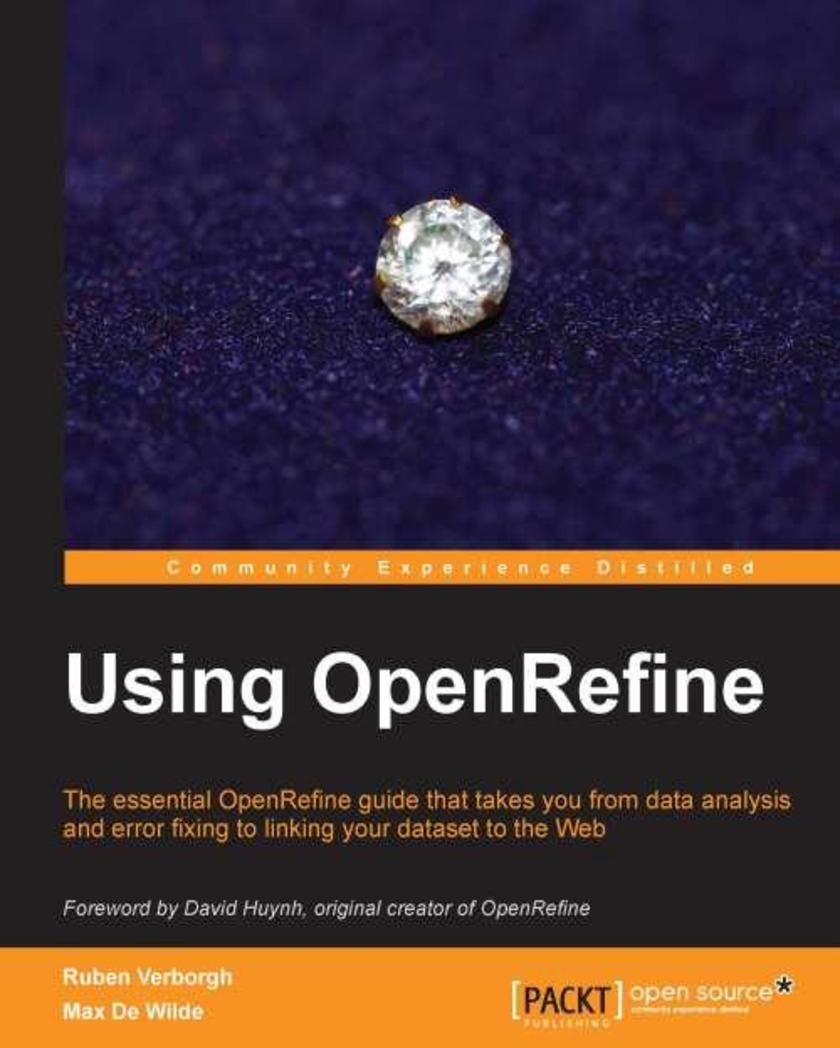
Using OpenRefine
¥63.21
The book is styled on a Cookbook, containing recipes - combined with free datasets - which will turn readers into proficient OpenRefine users in the fastest possible way.This book is targeted at anyone who works on or handles a large amount of data. No prior knowledge of OpenRefine is required, as we start from the very beginning and gradually reveal more advanced features. You don't even need your own dataset, as we provide example data to try out the book's recipes.
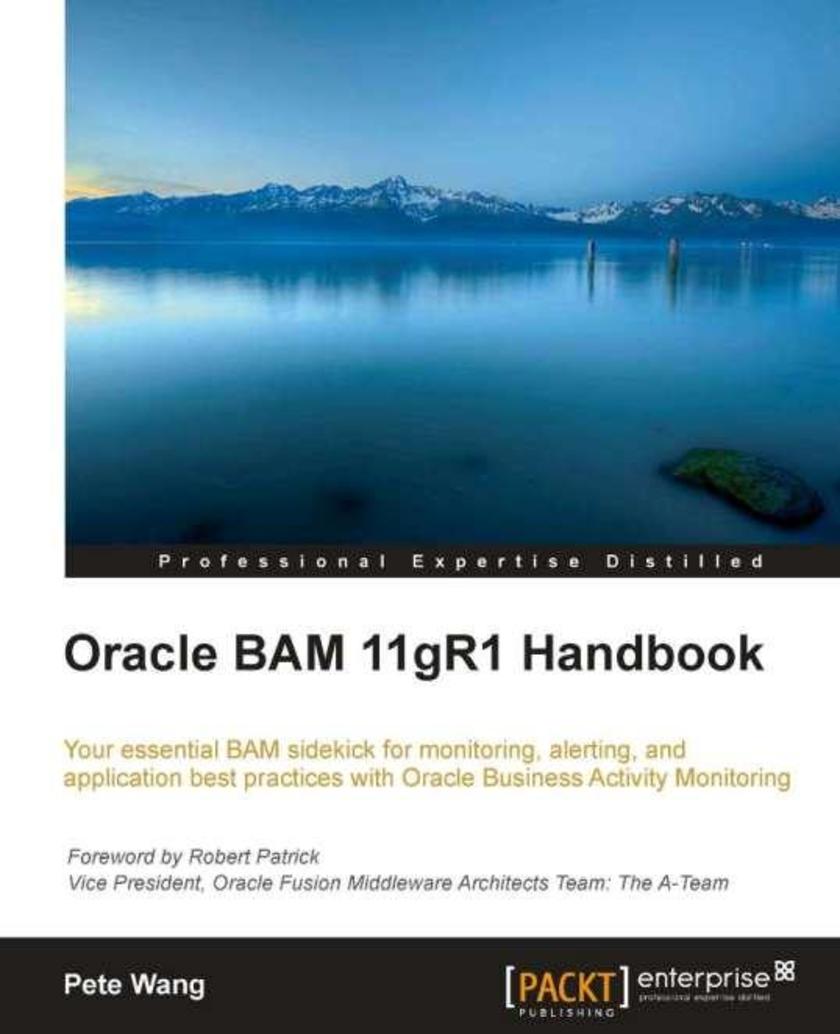
Oracle BAM 11gR1 Handbook
¥63.21
“Oracle BAM 11gR1 Handbook” is a practical best practices tutorial focused entirely on Oracle Business Activity Monitoring. An intermediate-to-advanced guide, step-by-step instructions and an accompanying demo project will help SOA report developers through application development and producing dashboards and reports. If you are a developer/report developer or SOA Architect who wants to learn valuable Oracle BAM best practices for monitoring your operations in real time, then “Oracle BAM 11gR1 Handbook” is for you. Administrators will also find the book useful. You should already be comfortable with SOA architecture and SQL practices.
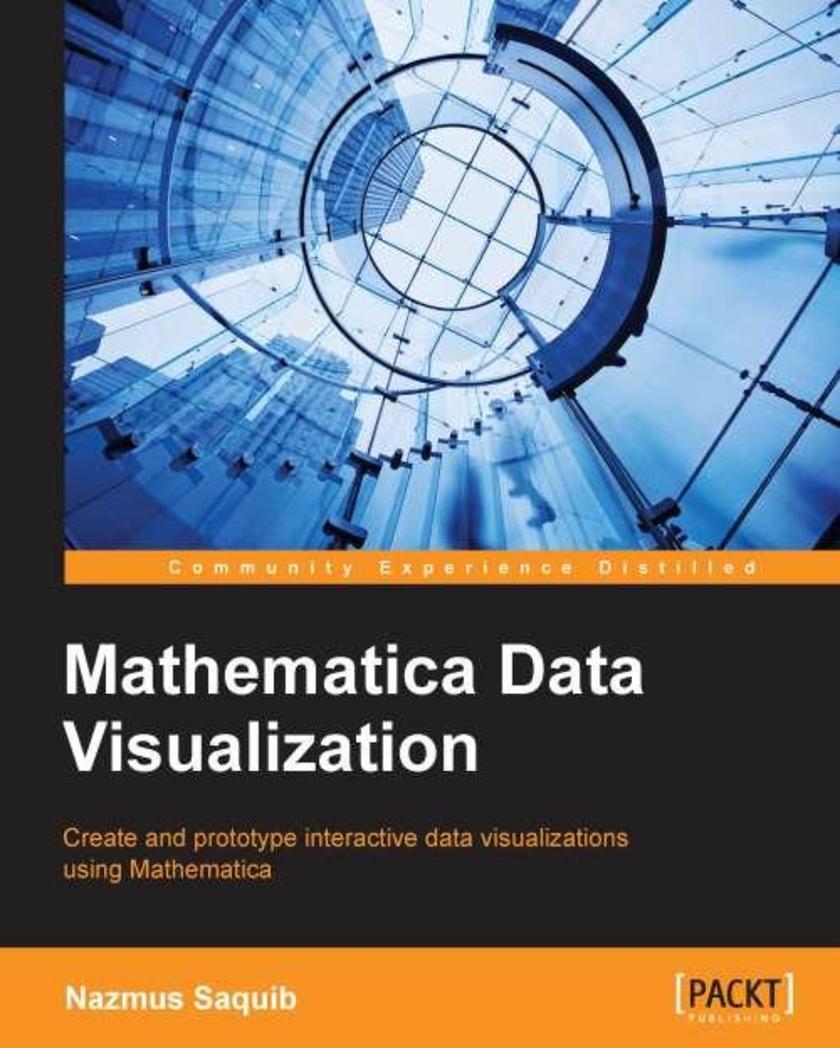
Mathematica Data Visualization
¥63.21
If you are planning to create data analysis and visualization tools in the context of science, engineering, economics, or social science, then this book is for you. With this book, you will become a visualization expert, in a short time, using Mathematica.
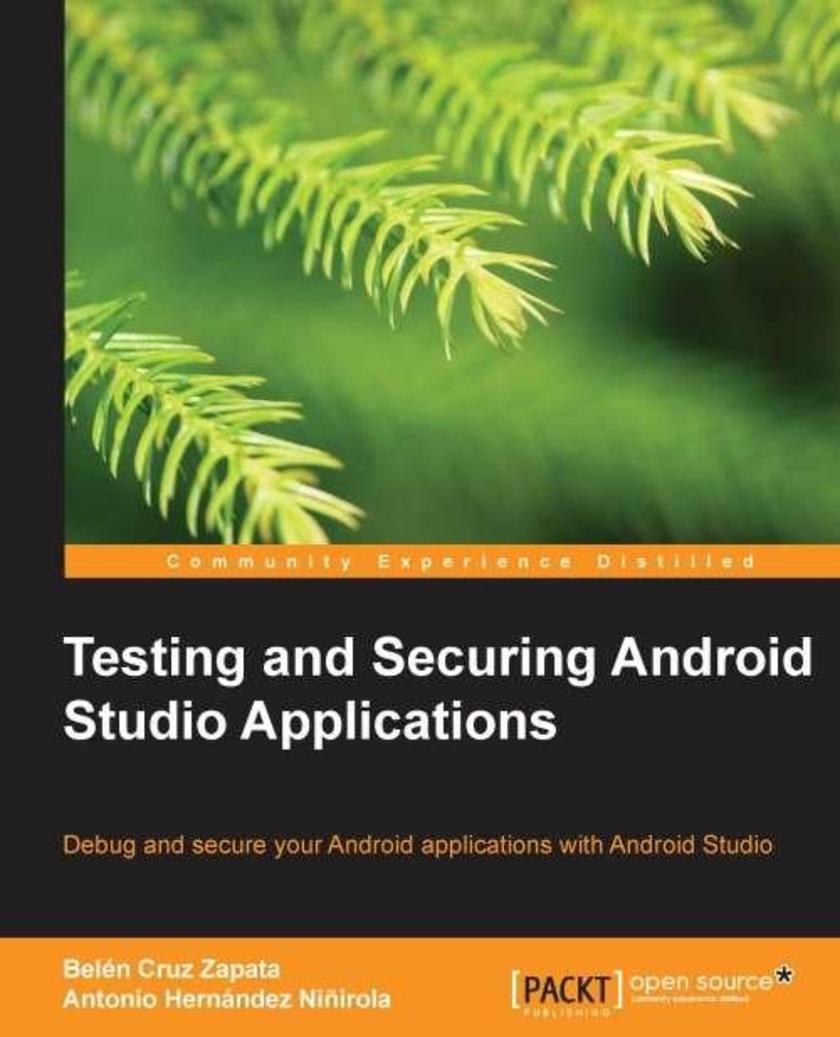
Testing and Securing Android Studio Applications
¥63.21
If you are a developer with some Android knowledge, but you do not know how to test your applications using Android Studio, this book will guide you. It is recommended that you are familiar with Android Studio IDE.

Microsoft Dynamics AX 2012 Services
¥63.21
It's a tutorial guide that provides all the knowledge needed to implement services with Microsoft Dynamics AX 2012. This book is aimed at Dynamics AX developers, both new and experienced with services and Microsoft Dynamics AX 2012. A basic understanding of MorphX and X++ is assumed, but the step-by-step instructions are easy to follow even for beginners. Some examples use C#.NET, so experience with Visual Studio is a plus but not a must.
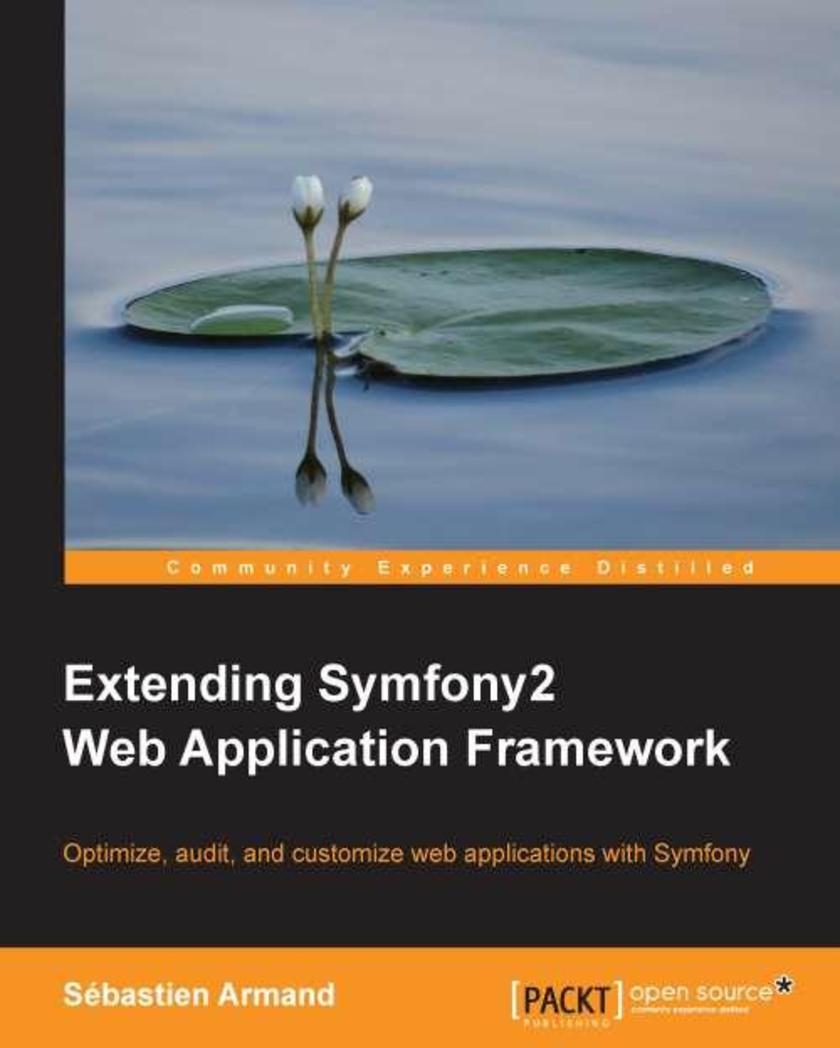
Extending Symfony 2 Web Application Framework
¥63.21
With lots of practical, handson, stepbystep examples, this book will lead you through how to extend and optimize your Symfony2 framework. If you have a good understanding of how Symfony works and are now trying to integrate complex tasks in your application, or want to better organize your application by keeping each piece of code where it belongs so it can be decoupled and easily used elsewhere, then this book is for you.
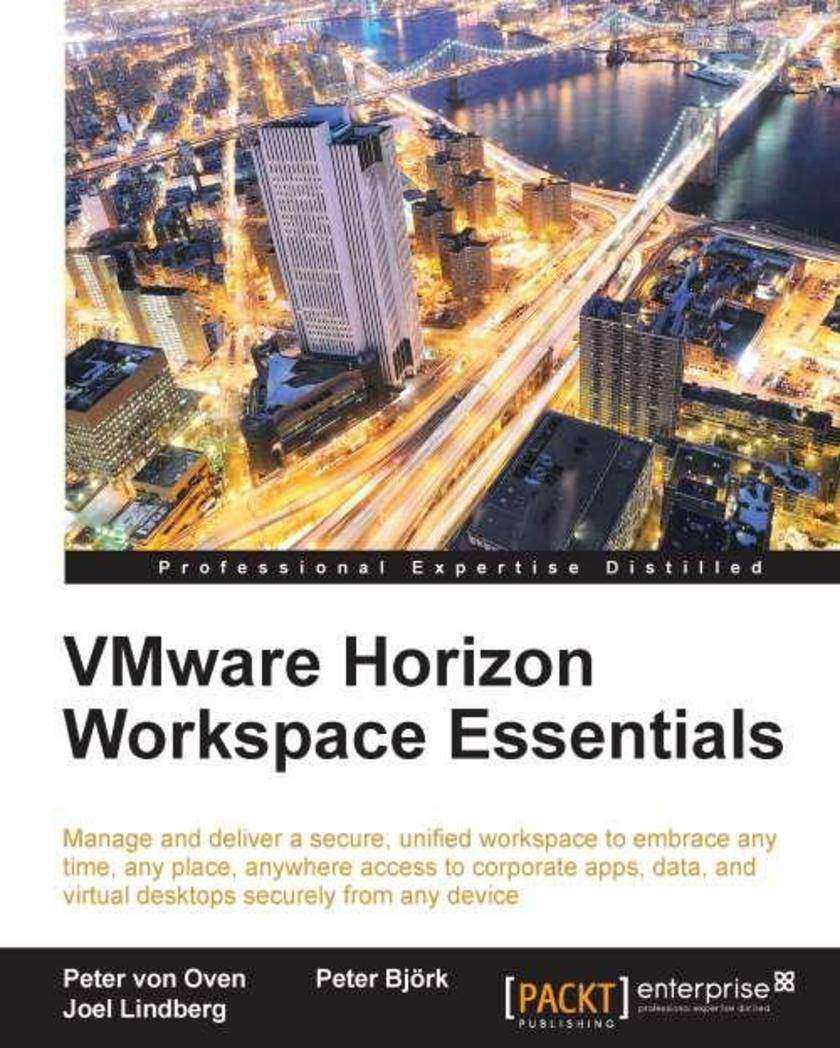
VMware Horizon Workspace Essentials
¥63.21
This book uses a stepbystep approach to teach you how to design, deploy, and manage a Horizon Workspace based on real world experience. Written in an easytofollow style, this book explains the terminology in a clear and concise manner. Each feature is explained starting at a high level and then drilling down into the technical detail, using diagrams and screenshots. This book is perfect for IT administrators who want to deploy a solution to centrally manage access to corporate applications, data, and virtual desktops using Horizon Workspace. You need to have some experience in delivering BYOD initiatives and delivering applications from the Cloud (SaaS).
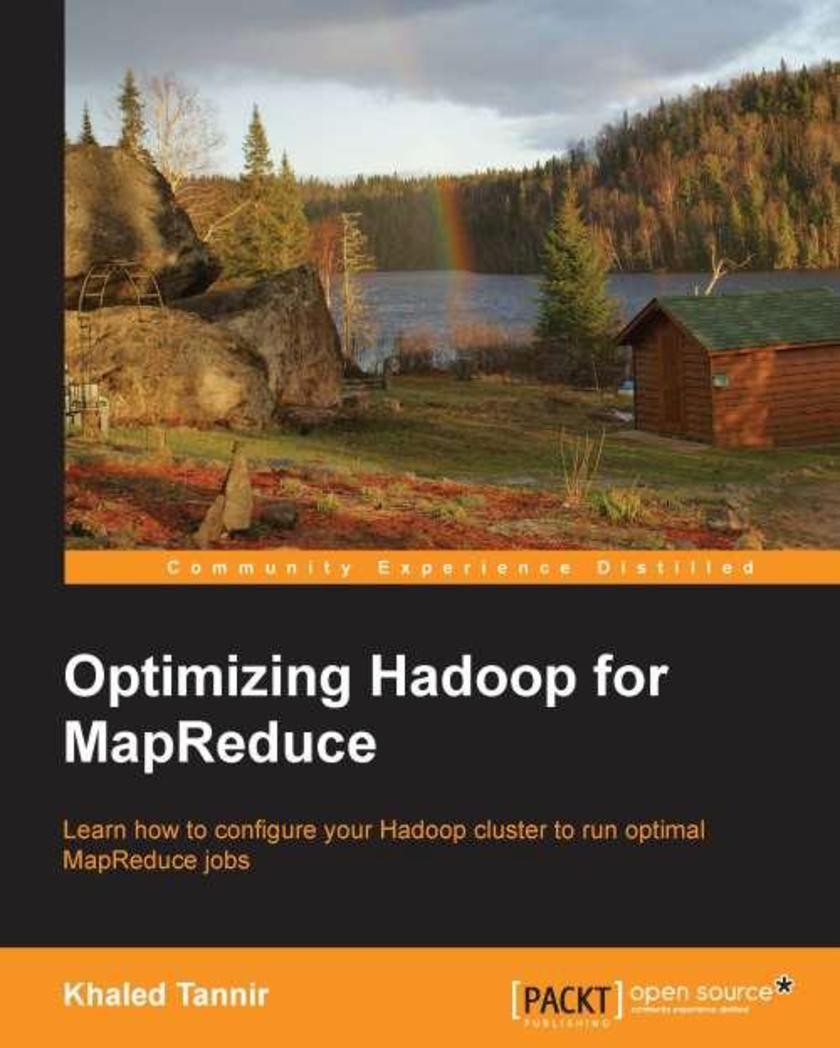
Optimizing Hadoop for MapReduce
¥63.21
This book is an examplebased tutorial that deals with Optimizing Hadoop for MapReduce job performance. If you are a Hadoop administrator, developer, MapReduce user, or beginner, this book is the best choice available if you wish to optimize your clusters and applications. Having prior knowledge of creating MapReduce applications is not necessary, but will help you better understand the concepts and snippets of MapReduce class template code.
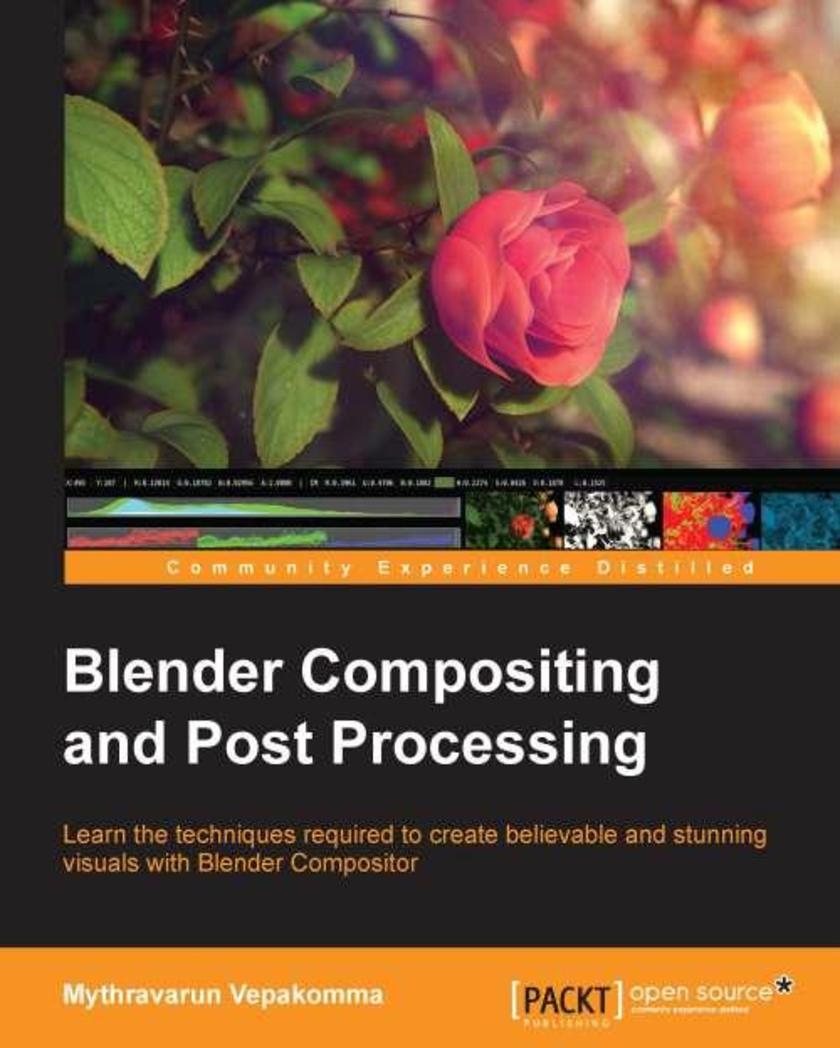
Blender Compositing and Post Processing
¥63.21
This book is a stepbystep compositing guide, with lots of illustrations and practical approaches and implementations to attain a desired visual quality to a deadline. Each chapter progressively adds to your skillset, covering a wide range of CG film making compositing concepts. This book is for digital CG artists looking to add photo realism and life to their footage. This book also assists technical CG artists in strategizing and implementing productive lighting. If you are new to Blender or compositing, this book will guide you step by step in gaining compositing skills.
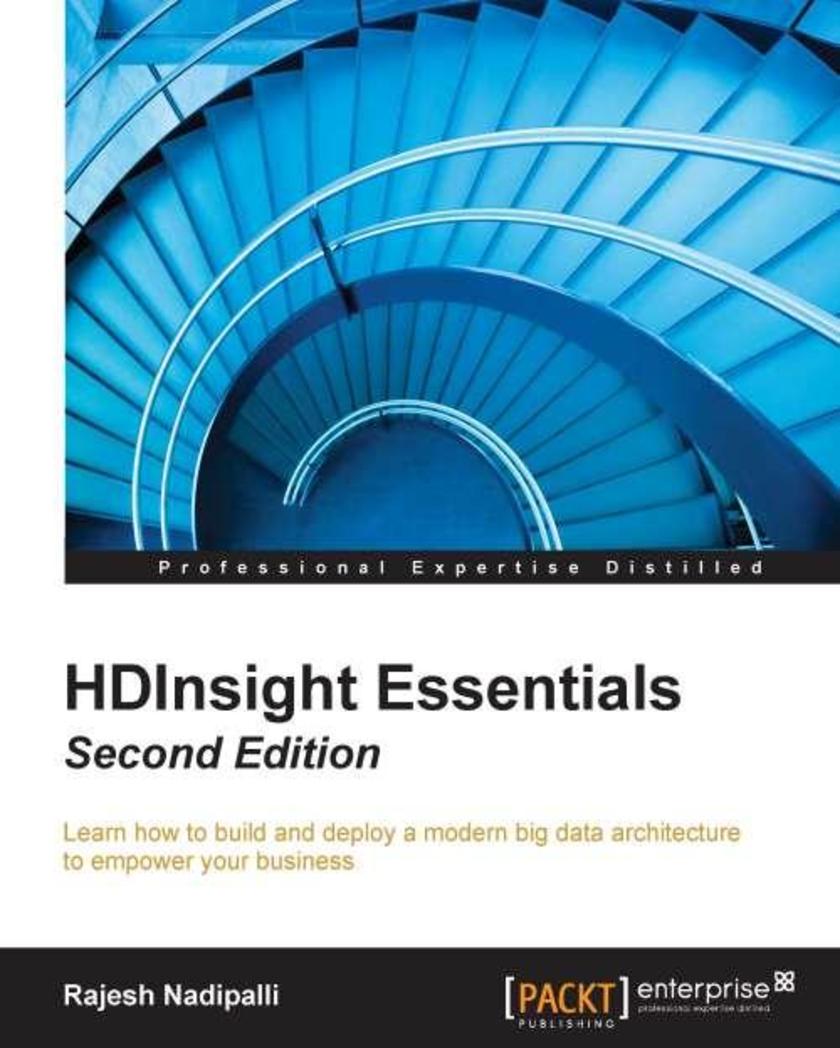
HDInsight Essentials - Second Edition
¥63.21
If you want to discover one of the latest tools designed to produce stunning Big Data insights, this book features everything you need to get to grips with your data. Whether you are a data architect, developer, or a business strategist, HDInsight adds value in everything from development, administration, and reporting.

Less Web Development Essentials - Second Edition
¥63.21
If you use CSS for web development tasks and want to learn how to create maintainable and reusable code, this is the book for you. Basic knowledge of web development would be helpful.

Kali Linux Wireless Penetration Testing Essentials
¥63.21
This book is targeted at information security professionals, penetration testers and network/system administrators who want to get started with wireless penetration testing. No prior experience with Kali Linux and wireless penetration testing is required, but familiarity with Linux and basic networking concepts is recommended.
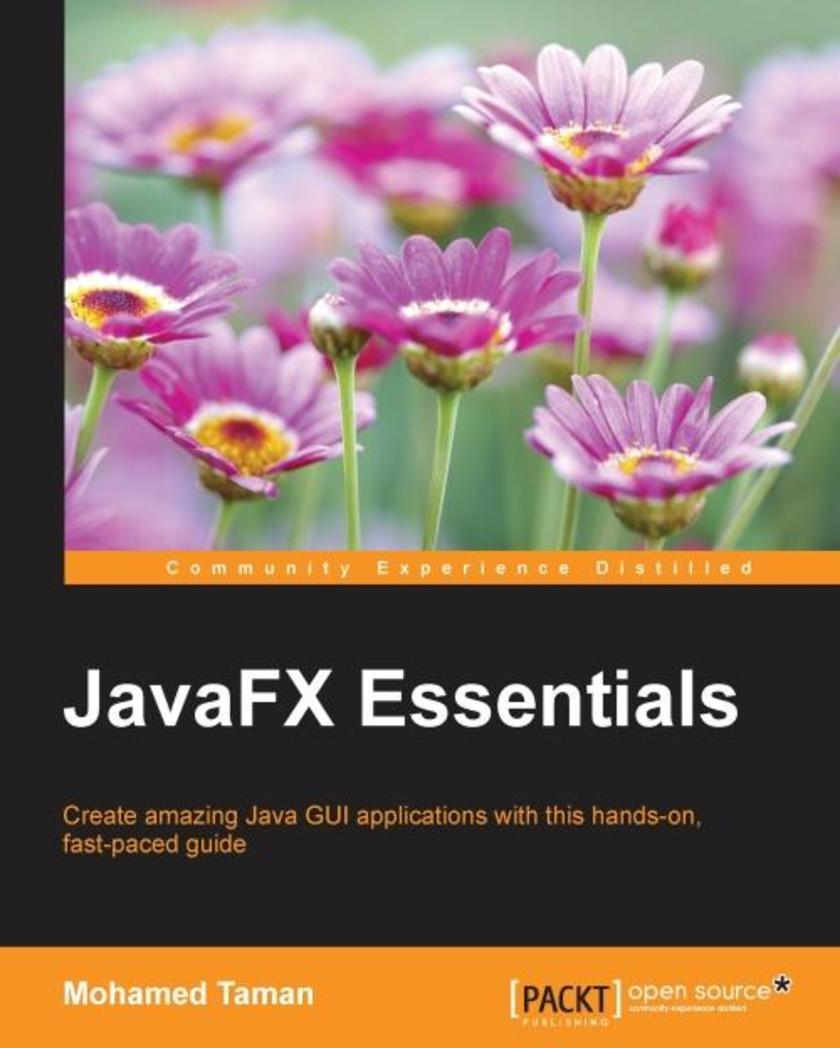
JavaFX Essentials
¥63.21
If you are a Java developer, an experienced Java Swing, Flash/Flex, SWT, or web developer looking to take your client-side applications to the next level, this book is for you.

Troubleshooting Puppet
¥63.21
If you are a beginner to intermediate Puppet engineer looking for guidance to help fix problems with your Puppet deployments, this book is for you.
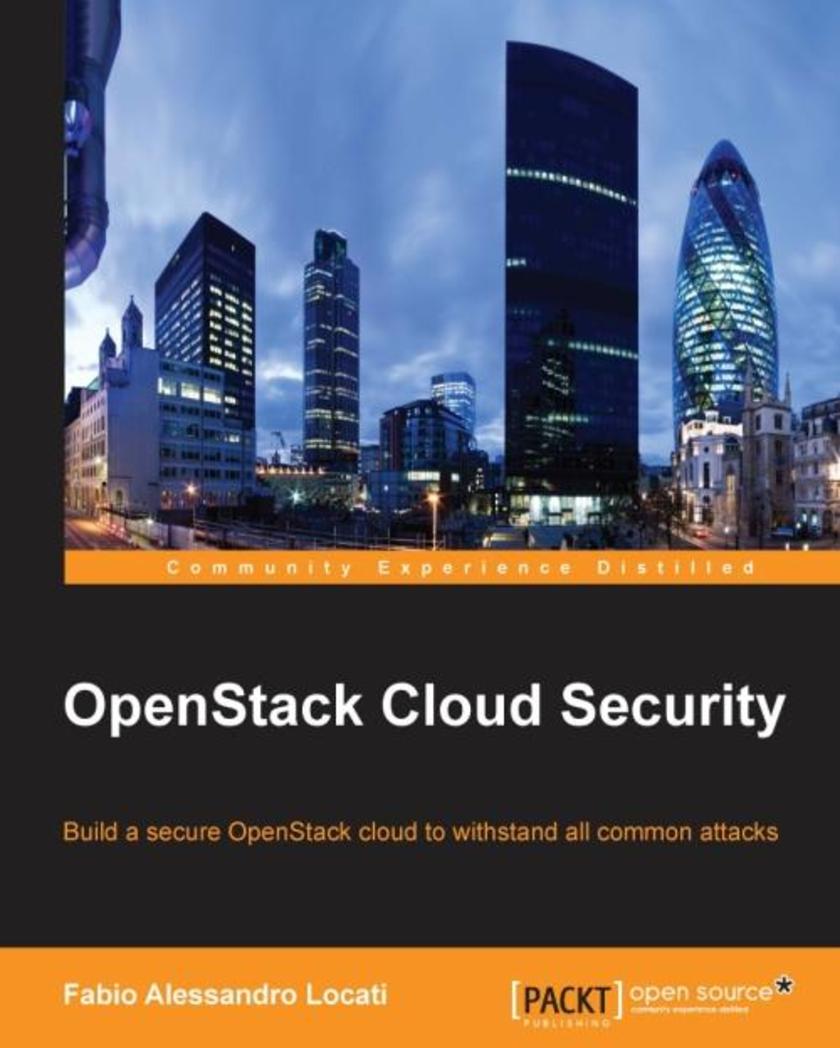
OpenStack Cloud Security
¥63.21
If you are an OpenStack administrator or developer, or wish to build solutions to protect your OpenStack environment, then this book is for you. Experience of Linux administration and familiarity with different OpenStack components is assumed.
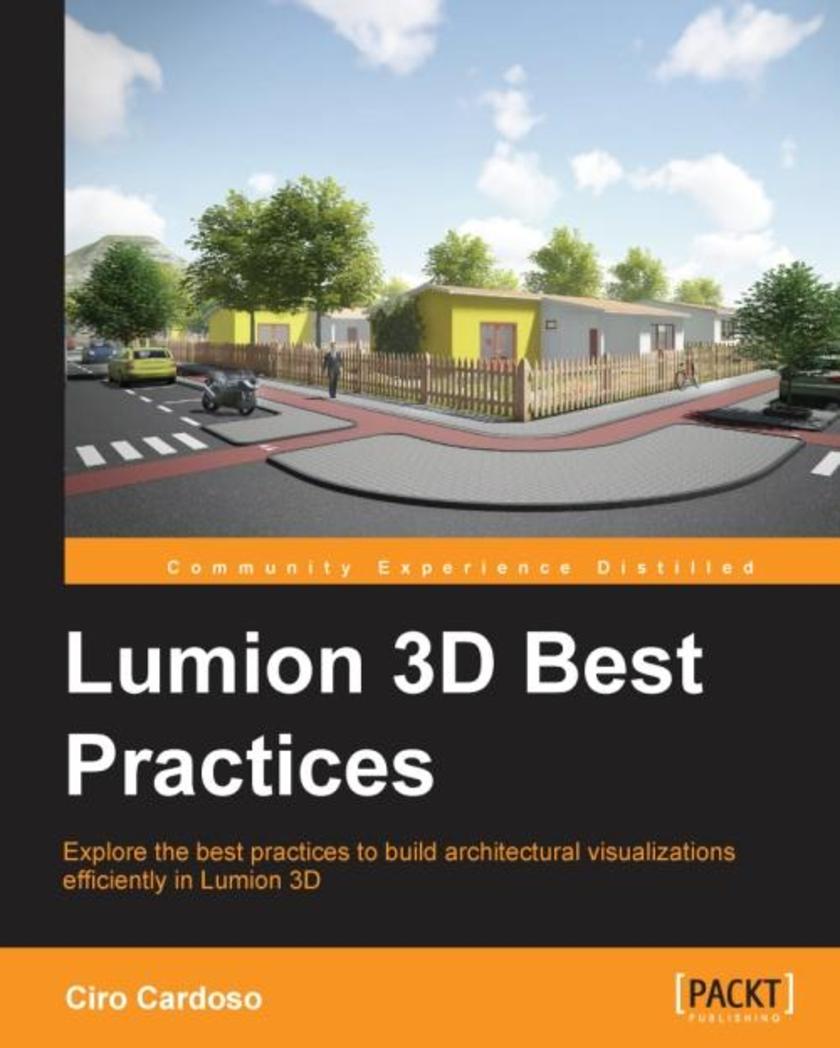
Lumion 3D Best Practices
¥63.21
This book is designed for advanced Lumion users who wish to apply these techniques to their own projects. The reader should be familiar with modeling knowledge and have at least a basic knowledge of a graphics editing program, such as Photoshop or Gimp.
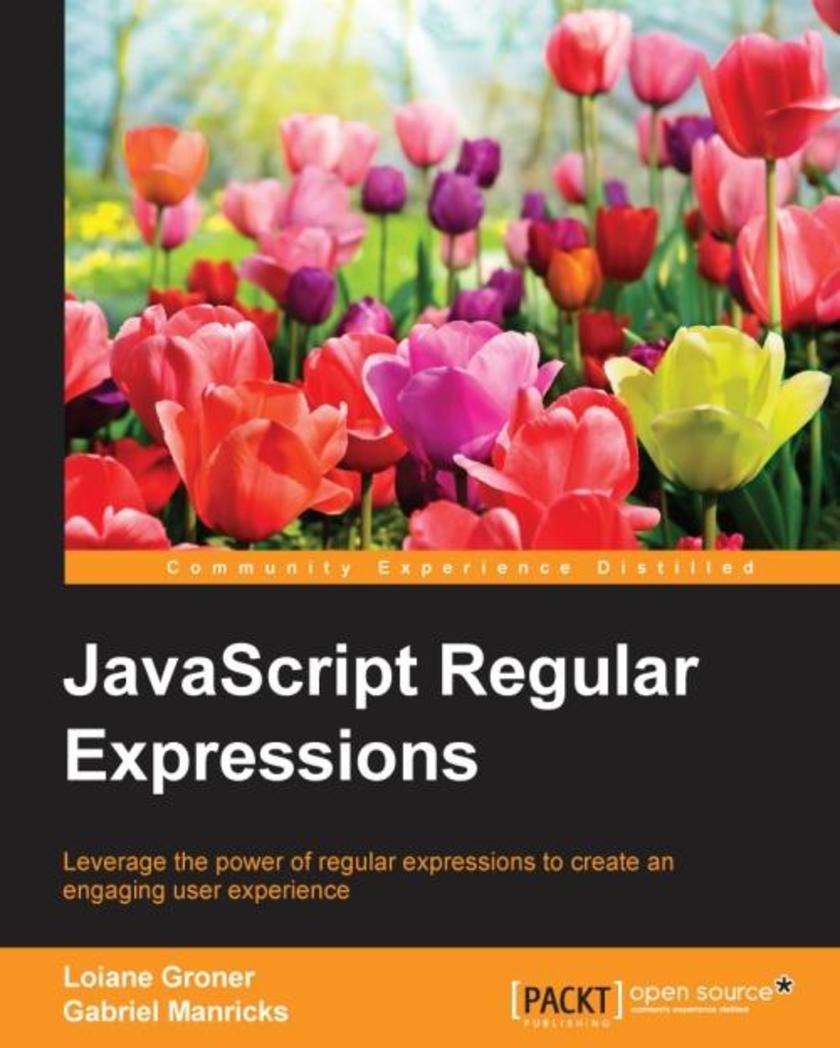
JavaScript Regular Expressions
¥63.21
This book is ideal for JavaScript developers and programmers who work with any type of user entry data and want sharpen their skills to become experts.
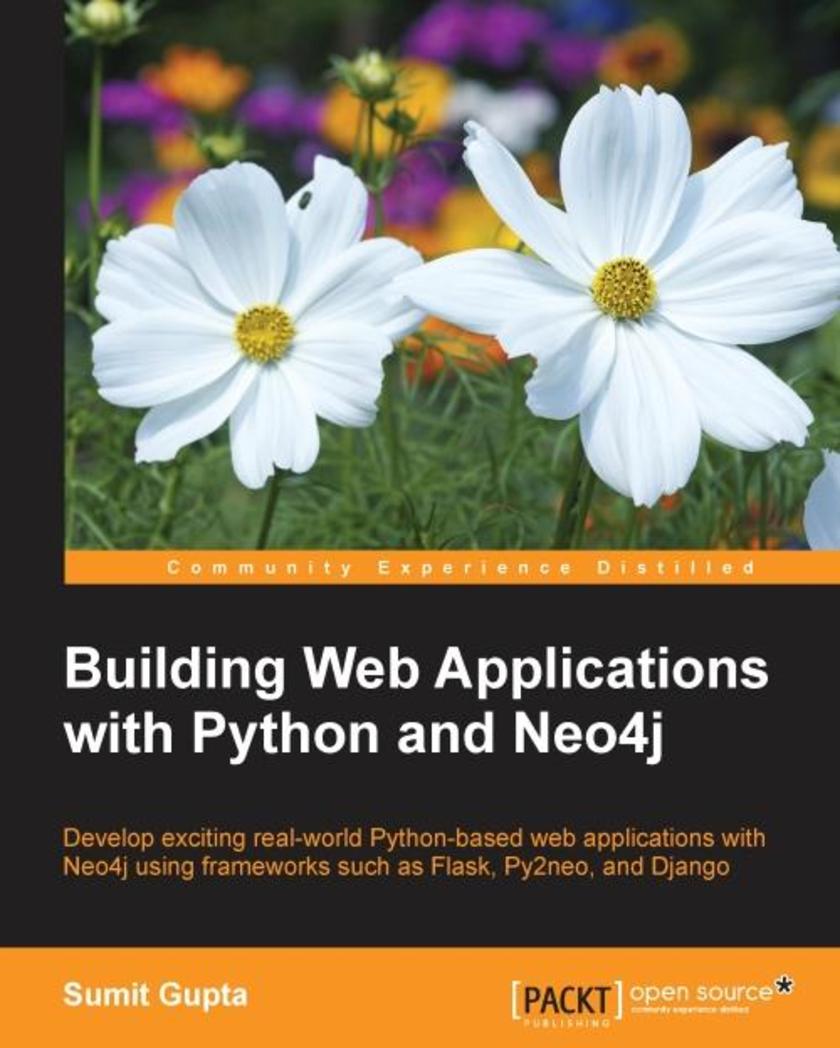
Building Web Applications with Python and Neo4j
¥63.21
If you are a Python developer and want to expand your understanding of Python-based web applications over Neo4j graph data models, this is the book for you.
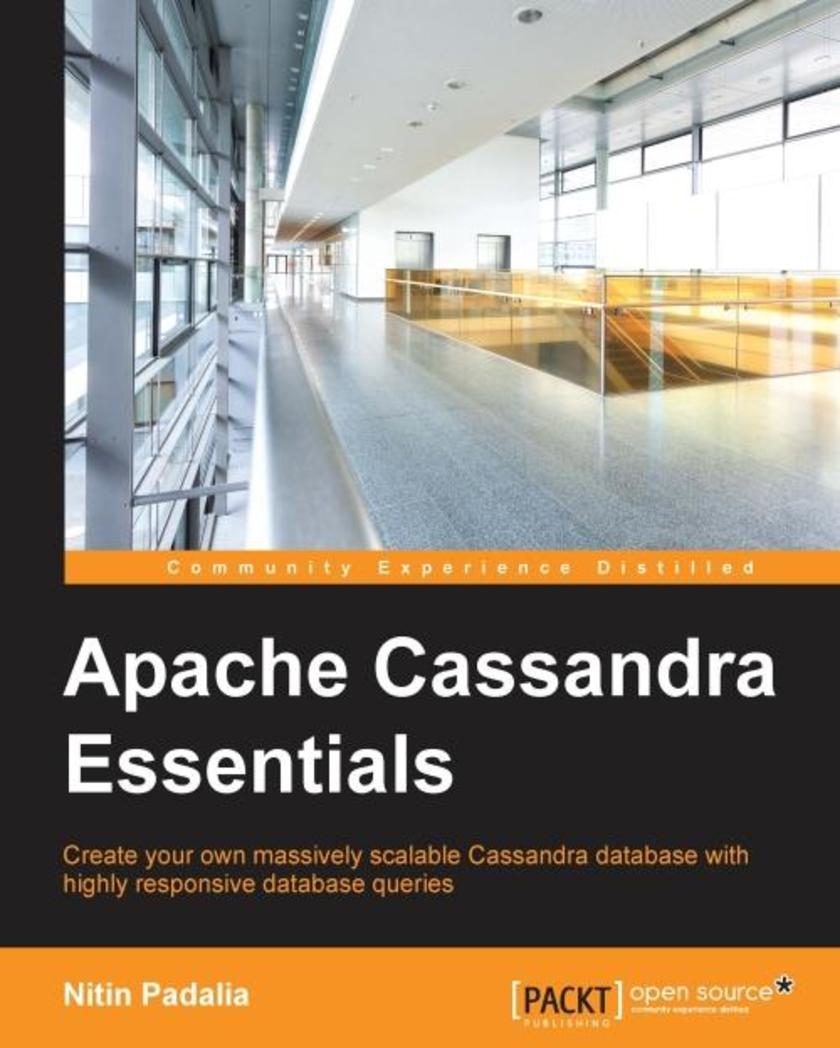
Apache Cassandra Essentials
¥63.21
Create your own massively scalable Cassandra database with highly responsive database queries About This Book Create a Cassandra cluster and tweak its configuration to get the best performance based on your environment Analyze the key concepts and architecture of Cassandra, which are essential to create highly responsive Cassandra databases A fast-paced and step-by-step guide on handling huge amount of data and getting the best out of your database applications Who This Book Is For If you are a developer who is working with Cassandra and you want to deep dive into the core concepts and understand Cassandra’s non-relational nature, then this book is for you. A basic understanding of Cassandra is expected. What You Will Learn Install and set up your Cassandra Cluster using various installation types Use Cassandra Query Language (CQL) to design Cassandra database and tables with various configuration options Design your Cassandra database to be evenly loaded with the lowest read/write latencies Employ the available Cassandra tools to monitor and maintain a Cassandra cluster Debug CQL queries to discover why they are performing relatively slowly Choose the best-suited compaction strategy for your database based on your usage pattern Tune Cassandra based on your deployment operation system environment In Detail Apache Cassandra Essentials takes you step-by-step from from the basics of installation to advanced installation options and database design techniques. It gives you all the information you need to effectively design a well distributed and high performance database. You’ll get to know about the steps that are performed by a Cassandra node when you execute a read/write query, which is essential to properly maintain of a Cassandra cluster and to debug any issues. Next, you’ll discover how to integrate a Cassandra driver in your applications and perform read/write operations. Finally, you’ll learn about the various tools provided by Cassandra for serviceability aspects such as logging, metrics, backup, and recovery. Style and approach This step-by-step guide is packed with examples that explain the core concepts as well as advanced concepts, techniques, and usages of Apache Cassandra.
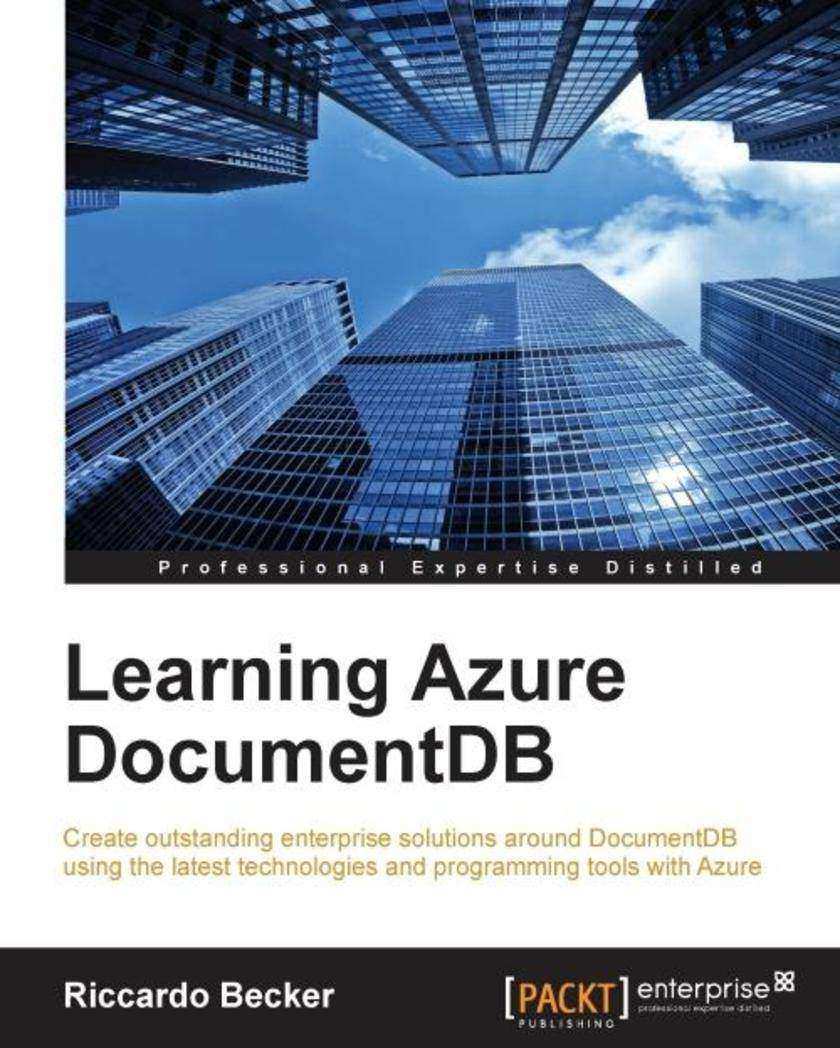
Learning Azure DocumentDB
¥63.21
Create outstanding enterprise solutions around DocumentDB using the latest technologies and programming tools with Azure About This Book Get to know the concepts of DocumentDB and learn to work your way around it Manipulate and query your documents using different modern technologies to access DocumentDB Build a real-life scenario using Microsoft Visual Studio and C# with this handy and practical guide Who This Book Is For This book is for novice developers and database architects who need a thorough knowledge of the features of DocumentDB and developing applications with it. Basic knowledge of SQL would be helpful. What You Will Learn Create, manage, and configure your DocumentDB environment Execute SQL queries from simple to complex and nested ones against your database Get to know about advanced DocumentDB techniques such as scopes, portioning, indexing, triggers, UDF’s, and security Fine-tune your DocumentDB database to optimize performance and costs Interact with DocumentDB from different technologies and platforms Build a real-life scenario using C# and put DocumentDB at the heart of Azure solutions Understand how to migrate from your current datastore to DocumentDB In Detail Learning DocumentDB adopts a practical, step-by-step approach to help you learn the basics of DocumentDB and use your new-found abilities in real-life scenarios and enterprise solutions. We start with the absolute basics, such as setting up a DocumentDB environment, and guide you through managing your databases, and executing simple and complex queries. Next, we explain how to work with DocumentDB using the open REST protocol, and demonstrate how JavaScript works with DocumentDB. We’ll also show you how to authenticate and execute queries. Moving on, you’ll find out how to use DocumentDB from within Node.js to kick-start your Node.js projects. Next, you’ll discover how to increase the performance of your DocumentDB database and fine-tune it. Finally, you’ll get to grips with using DocumentDB in conjunction with other services offered from the Microsoft Azure platform. Style and approach This book can be used as a tutorial where you learn step by step, but also as a knowledge base to quickly look up recipes you can instantly utilize. Starting with the basics and moving on to advanced topics, every concept is explained in theory and demonstrated through easy-to-understand examples.
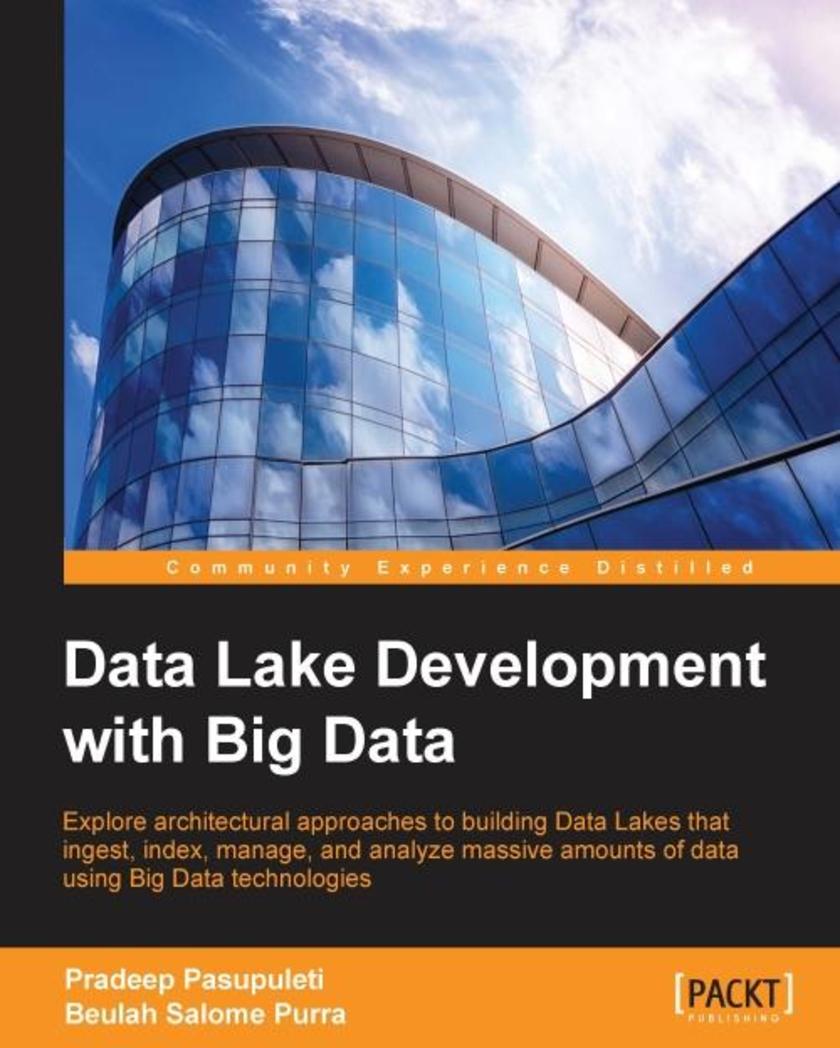
Data Lake Development with Big Data
¥63.21
Explore architectural approaches to building Data Lakes that ingest, index, manage, and analyze massive amounts of data using Big Data technologies About This Book Comprehend the intricacies of architecting a Data Lake and build a data strategy around your current data architecture Efficiently manage vast amounts of data and deliver it to multiple applications and systems with a high degree of performance and scalability Packed with industry best practices and use-case scenarios to get you up-and-running Who This Book Is For This book is for architects and senior managers who are responsible for building a strategy around their current data architecture, helping them identify the need for a Data Lake implementation in an enterprise context. The reader will need a good knowledge of master data management, information lifecycle management, data governance, data product design, data engineering, and systems architecture. Also required is experience of Big Data technologies such as Hadoop, Spark, Splunk, and Storm. What You Will Learn Identify the need for a Data Lake in your enterprise context and learn to architect a Data Lake Learn to build various tiers of a Data Lake, such as data intake, management, consumption, and governance, with a focus on practical implementation scenarios Find out the key considerations to be taken into account while building each tier of the Data Lake Understand Hadoop-oriented data transfer mechanism to ingest data in batch, micro-batch, and real-time modes Explore various data integration needs and learn how to perform data enrichment and data transformations using Big Data technologies Enable data discovery on the Data Lake to allow users to discover the data Discover how data is packaged and provisioned for consumption Comprehend the importance of including data governance disciplines while building a Data Lake In Detail A Data Lake is a highly scalable platform for storing huge volumes of multistructured data from disparate sources with centralized data management services. It eliminates the need for up-front modeling and rigid data structures by allowing schema-less writes. Data Lakes make it possible to ask complex far-reaching questions to find out hidden data patterns and relationships. This book explores the potential of Data Lakes and explores architectural approaches to building data lakes that ingest, index, manage, and analyze massive amounts of data using batch and real-time processing frameworks. It guides you on how to go about building a Data Lake that is managed by Hadoop and accessed as required by other Big Data applications such as Spark, Storm, Hive, and so on, to create an environment in which data from different sources can be meaningfully brought together and analyzed. Data Lakes can be viewed as having three capabilities—intake, management, and consumption. This book will take readers through each of these processes of developing a Data Lake and guide them (using best practices) in developing these capabilities. It will also explore often ignored, yet crucial considerations while building Data Lakes, with the focus on how to architect data governance, security, data quality, data lineage tracking, metadata management, and semantic data tagging. By the end of this book, you will have a good understanding of building a Data Lake for Big Data. You will be able to utilize Data Lakes for efficient and easy data processing and analytics. Style and approach Data Lake Development with Big Data provides architectural approaches to building a Data Lake. It follows a use case-based approach where practical implementation scenarios of each key component are explained. It also helps you understand how these use cases are implemented in a Data Lake. The chapters are organized in a way that mimics the sequential data flow evidenced in a Data Lake.




 购物车
购物车 个人中心
个人中心



